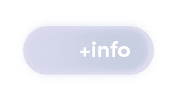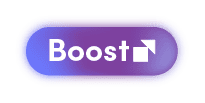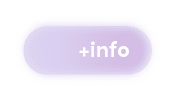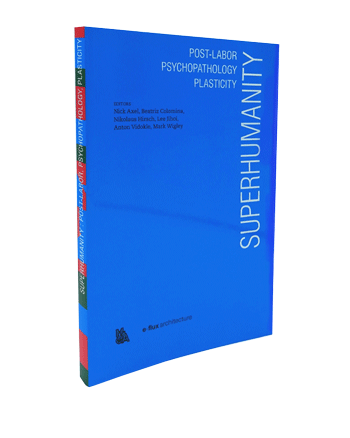This kind of virtual and material reflexivity via integrated prosthetic enhancement is perhaps nowhere more apparent today than in the world’s most active plastic surgery district, in Gangnam, Seoul. The modern Korean plastic surgery industry originated in the wounded bodies of the Korean War. In the 1950s, American reconstructive surgeon Doctor Ralph Millard began a program of physiognomic reconstructions on survivors of the conflict, which led to the development of new procedures not rooted in an ethos of repair, but of “enhancement.” His invention of blepharoplasty, or double-eyelid surgery, rapidly gained notoriety and is to this day among the most popular surgeries practiced in Gangnam. Gangnam comprises a sophisticated infrastructure—medical, bureaucratic, urban, and digital—that softens its subjects. It promotes a cellular, nutritional, and identity fluidity, both physical and legal. The architectural, infrastructural, and urban technologies of the district—here understood as the attendant technologies that allow participation in and shape the urbanism throughout the process of surgery (before, during, and in post-op recovery)— design the human as a parallel operation to those involving the surgeon’s scalpel. New noses, eyelids, and jawlines demand a protocol across scales; tubing, smoothies, neck pillows, automated beds, cushioned vans, hotel rooms, convenience stores, beauty salons, and shopping centers are the technological and urban counterparts to the bloggers, nurses, beauticians, administrators, and customs agents also required along the way.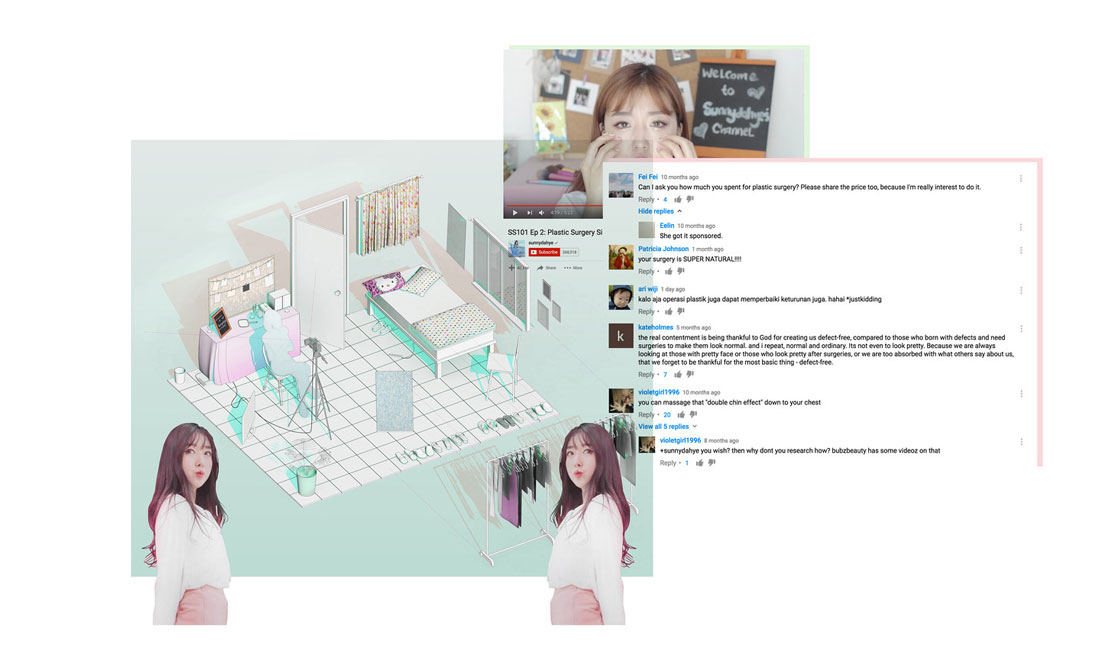
The late 1990s and early 2000s marked the period of consolidation of plastic surgery clinics between Gangnam and Sinsa subway stations. At the same time, Cyworld “Virtual Homes” (1999) and Daum Cafe (1999)—the first Korean social media computer programs based on the construction of an avatar or a new self—and Naver Knowledge Search (2002), YouTube (2005), and Facebook (2006) became part of the daily life of millions in South Korea. At the beginning of the new millennium, when clinic towers began to reach a critical mass and participation in virtual worlds multiplied, Koreans could design their avatars with equal fluency in both material and digital worlds. Gangnam is an ecosystem of both radical and mundane logistics for body processing in a context where youth cultures engage in casual worship of the image of the body. It constitutes a cosmetic urbanism where the technologically enhanced face of the patient becomes yet another televisual surface for reprogramming and playback. The transmedia exchange of images—travelling freely between billboards, screens, and faces—demands a sophisticated set of design protocols.
According to the Gangnam local government and South Korea’s National Tax Service, more that five hundred of Korea’s 671 registered plastic surgery clinics were located in Gangnam as of 2015.5 The neighborhood’s doctors attract no less than fifty-five thousand annual foreign patients, and with the amount of collagen imported in a single year, half a million people can be rendered wrinkle-free.6 Seoul’s Banobagi Clinic, for instance, operates on roughly twenty-eight thousand patients annually in a fifteen-story building, while another seventy thousand come through their doors for consultations alone. The fluidity that Gangnam promotes is the result of a deliberate techno-urbanism instrumentalized toward the redesign of the human body. The public video diaries of East Asian beauty bloggers hired to advertise clinics through their own surgeries reveal the overabundance of cellular fluidity that the micro-violence of the surgical procedures instigate. They reveal the swelling and bruising that obscure the body in the two weeks of recovery following surgery and the healing that follows through its auto-metabolization. During this time many patients, including medical tourists who have travelled to Seoul from afar, take up residency in the neighborhood.
The district’s cosmetic skyscrapers are unique socio-technological ensembles that simultaneously engage extreme conditions of radical isolation and hyper-connectivity. The towers isolate themselves with ornamented and screened façades, masking any external reading of the clinic interiors, and by consolidating retail and pharmaceutical programs within, reducing the need for clients to leave and engage the neighborhood. In contrast, the fluidity and connectivity that the plastic surgery towers demand in the city’s public realm are critical to their survival. In Korea—the fastest and most web-connected country in the world—an extreme body-consciousness and the rate at which body images circulate in social media have pushed clinics like Regen Plastic Surgery to redirect advertising from subways, streets, and buses to KakaoTalk groups, YouTube vlogs, Daum forums, BabiTalk posts, and Instagram micro-celebrities. The urban space for casual encounter, discussion, and participation in an outward display of a consciously photogenic lifestyle—the material and social aestheticization of one’s daily life—might as well be located thousands of kilometers away from Gangnam. The bedroom of an Indonesian, Singaporean, or Chinese lifestyle blogger is one of the backdrops where the cosmetic agora opens up, where people meet, negotiate, and argue about past, future, and hypothetical body updates.
The paradoxical condition of simultaneous social hyper-connection and physical isolation collapses in a single architectural space: the lobby. This is the site where aspirations for enhancement, both individual and collective, virtual and physical, collide. Traditionally understood as the space for sociality as well as the portal that welcomes the urban realm into the building, the ground-floor lobby of the plastic surgery tower is now a residual space entertaining a minimum amount of public interface. At street level, the sixteen-story BK Plastic Surgery tower has a single 4.5-square-meter lobby. The fifteen-floor Regen Clinic is accessed by a 1.4-meter-wide, 12-meter-long corridor. Both of these towers, as well as many others, provide reception spaces—with some other functions associated with lobbies—on higher floors, where check-in desks greet patients right out of the elevator. But reception isn’t kept at such heights just for the spectacular view. The lobby no longer has to occupy storefront space since most patients already know exactly where they’re headed after having made their appointment online. Many of the clinic’s website menus even match those of their elevators, adopting the building section as navigational framework. The virtual realm has obviated the need to materially appeal to the passerby. Although plastic surgery is a somewhat public affair in Seoul, hidden lobbies keep the fluid patients well within the procedural confines of the tower, and out of reach of the plastic forces of the neighborhood, effectively reproducing the virtual communities that clinics seek to foster with vlog-based endorsements and day-by-day patient diaries. Gangnam’s online participation amounts to a form of reality television: a web series, with the consultation, surgery, and recovery rooms as the set for a patient’s solo performance.
How can the ritualistic condition of the prosthetic body be mined for new urban protocols of the everyday? How might ceremonialized transformations of the body produce new opportunities for the production of value? And what is architecture’s role in the redesign of the body—living and dead—in an age of constant self-fashioning? The human body is not only a site of design, but a simultaneous instrument for the instant and reflexive design of its own prostheticized environment and image. That is the nature of Semper’s vessel: whether as an avatar, bathtub, trailer home, carriage, clinic, or web server. In this mode of plastic reflexivity, the human is enlisted as the design agent that initiates a productive reciprocity between the body, other bodies, and the techno-urban ecology. This is the spirit of self-design: precarious operativity on a fluid spectrum between death and healing: “a condition in between destruction and regeneration.”

